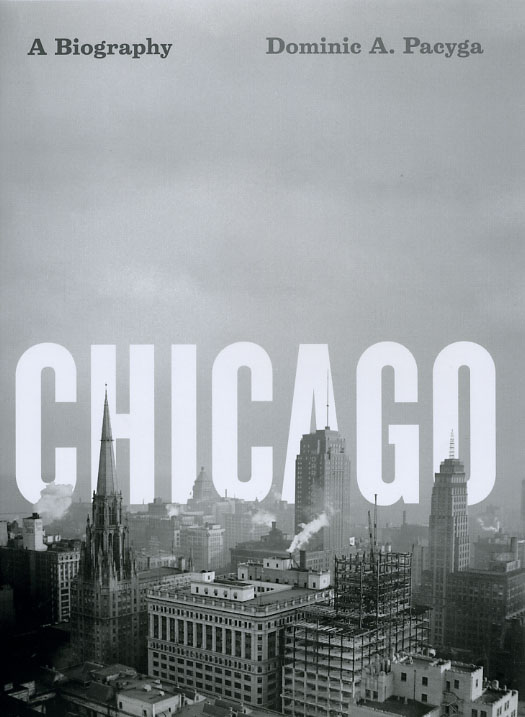Chicago’s biography

Several new reviews of Dominic Pacyga’s Chicago: A Biography have popped up on the radar recently, one in the Chicago Sun-Times and another on Drexel University’s online magazine The Smart Set. Both focus their attention on Pacyga’s book for reversing the usual top-down approach to the telling of Chicago history, letting the stories of ordinary people narrate this “biographical” account of city life. Thomas Frisbie quotes Pacyga in his review for the Sun-Times:
“I try to look at everyday people as much as I can, at people in neighborhoods, how they build their community, how they survive, how they prosper or don’t prosper,” said Pacyga, who grew up in the Back of the Yards, attended De La Salle Institute and worked at the Union Stockyards when he was in college.
There are sections, for example, on “Ted Swigon’s Back of the Yards” and “Angeline Jackson’s neighborhood.” Swigon was an altar boy at St. John of God’s Church and attended Quigley Preparatory Seminary before transferring to De La Salle. Jackson came from Mississippi to Chicago, eventually moving to Englewood.
“[Jackson’s story] tells a lot about how that neighborhood went through racial change and how it went through physical change,” Pacyga said. “She soon found herself living over an off-ramp of the Dan Ryan Expy. The Dan Ryan plowed right in front of her house.”
And Jessa Crispin writes for The Smart Set:
When professor and Chicago historian Dominic A. Pacyga sat down to start his new history of the city, there was an overwhelming amount of material to work with. He decided not to write a chronological history of the city, something that could take up multiple volumes, but to treat Chicago as if it were a person—hence the title Chicago: A Biography. He focused on what he believes to be Chicago’s defining characteristics, rather than its more flashier aspects. Some of the more sensational characters—the sociopaths like Leopold and Loeb, the gangsters like John Dillinger, the bisexual eccentrics like Frank Lloyd Wright—get either a cursory mention or none at all. His attention is taken up by what really does define the city: a fight for fairness for laborers, for the poor, and for children; capitalism and corruption run amok; the work produced and the people who do it.
The full text of both reviews can be found online. Also see a gallery of photographs from the book.